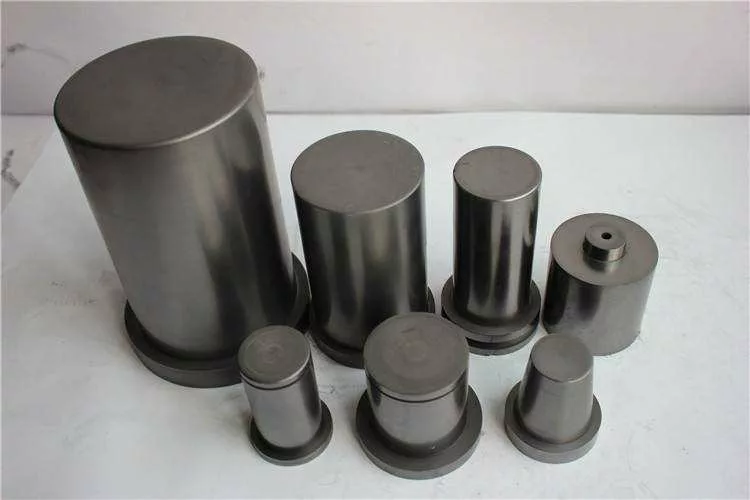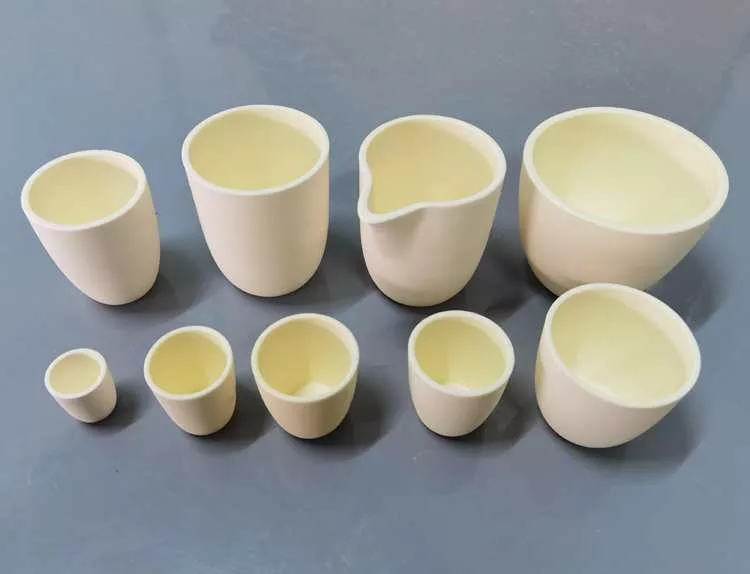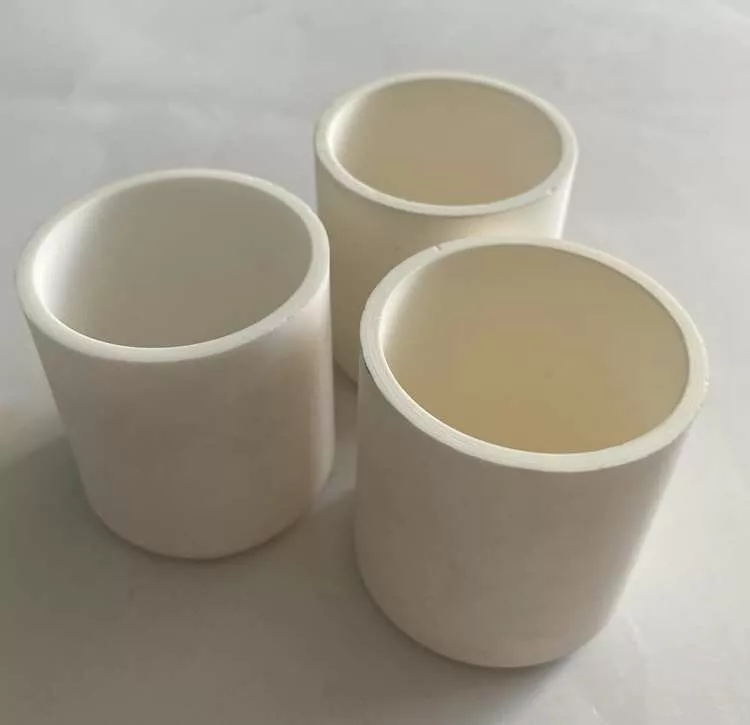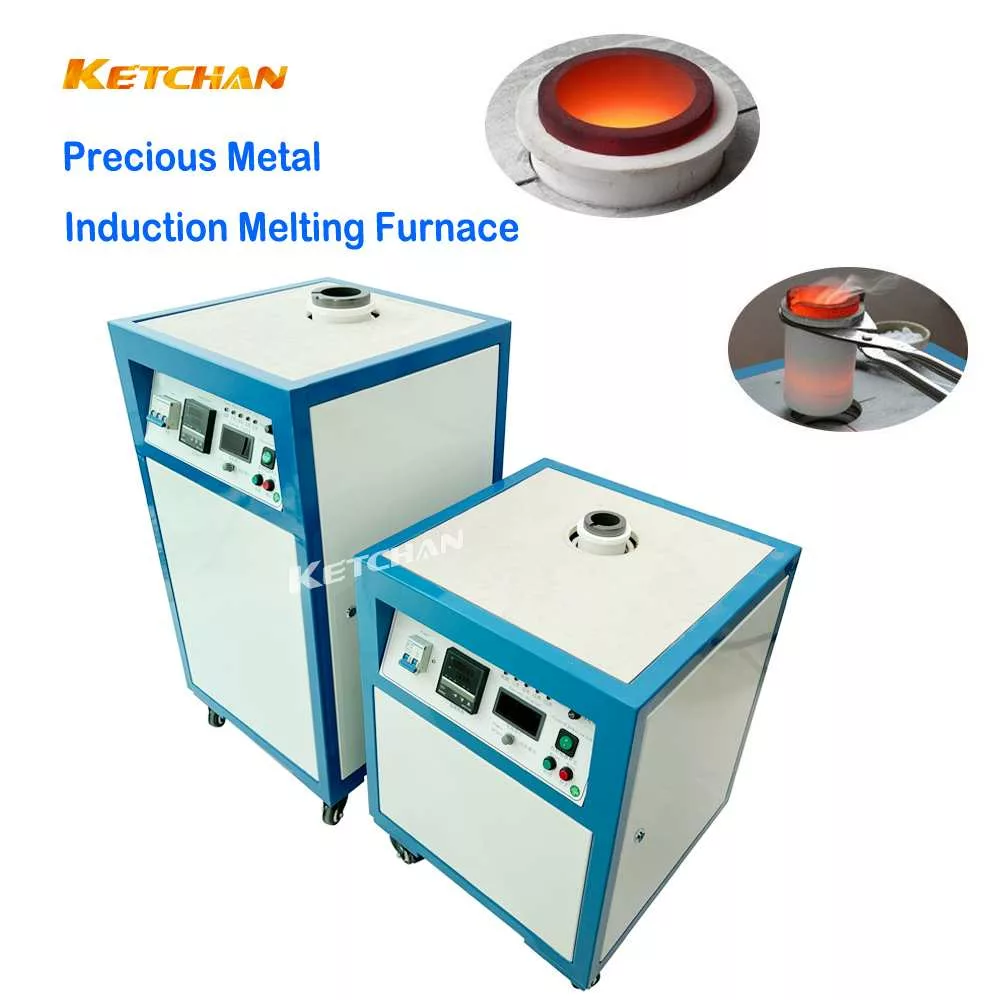The ultra-high temperature induction melting method of rare metals is a technique that involves heating the metals to very high temperatures, usually above 2000 °C, in an induction furnace to obtain pure and homogeneous metal ingots or powders. This method is mainly used for the preparation and purification of rare earth metals and ultra-high temperature ceramics, which have special optical, electrical, and magnetic properties and are widely applied in functional materials, steel, and nonferrous metals.
The induction melting method has several advantages over other methods, such as electric arc heating or metallothermy. For example, induction melting can provide a cleaner and more flexible process, as it does not require any electrodes or reducing agents that may contaminate the metal. Induction melting can also achieve a higher degree of control over the temperature and composition of the metal, as it can adjust the frequency and power of the induction coil. Induction melting can also operate in a vacuum or an inert atmosphere, which can prevent the oxidation of the metal or the loss of volatile elements.
Some of the challenges of the induction melting method are the selection of a suitable crucible and a stable molten electrolyte. The crucible must be able to withstand the high temperatures and the corrosive nature of the molten metal. The molten electrolyte must be more stable than the metal oxides and have a lower melting point and a higher conductivity. One possible solution is to use binaries of rare earth oxides directly as a solvent, as they have high stability and low vapor pressure.
The ultra-high temperature induction melting method of rare metals is a promising technique that can simplify and improve the current industrial methods of rare earth extraction and recovery. It can also enable the production of ultra-high temperature ceramics, which have potential applications in aerospace, nuclear, and defense industries.
Some of the common materials used for crucibles for ultra-high temperature induction melting are:

- Alumina: Alumina crucibles are widely used for melting rare earth metals and high-temperature alloys, such as cobalt and nickel-based superalloys. Alumina crucibles have high melting points and chemical resistance, and they are inert to most metals and electrolytes. However, alumina crucibles are brittle and may crack under thermal shock or mechanical stress.

- Graphite: Graphite crucibles are the best crucibles for melting metal and induction heating because of their high-temperature resistance. They can be used for melting metals such as iron, steel, copper, brass, gold, silver, platinum, and palladium. However, graphite crucibles are not suitable for metals that react with carbon, such as titanium, zirconium, and tungsten. Graphite crucibles are also prone to oxidation and erosion by the molten metal and the electrolyte.

- Zirconia: Zirconia crucibles are suitable for melting precious metals and super-alloys, such as platinum, palladium, rhodium, and iridium. Zirconia crucibles have excellent wear and thermal shock resistance, and they can prevent the contamination of the metal by the crucible. However, zirconia crucibles are expensive and may react with some metals and electrolytes, such as aluminum and sodium.

- Magnesium Oxide: Magnesium oxide crucibles are often used for melting lithium solid-state electrolytes, which are used for batteries and fuel cells. Magnesium oxide crucibles can withstand ultra-high temperatures and are stable to most metals and electrolytes. However, magnesium oxide crucibles are hygroscopic and may absorb moisture from the air, which can affect the quality of the electrolyte.

